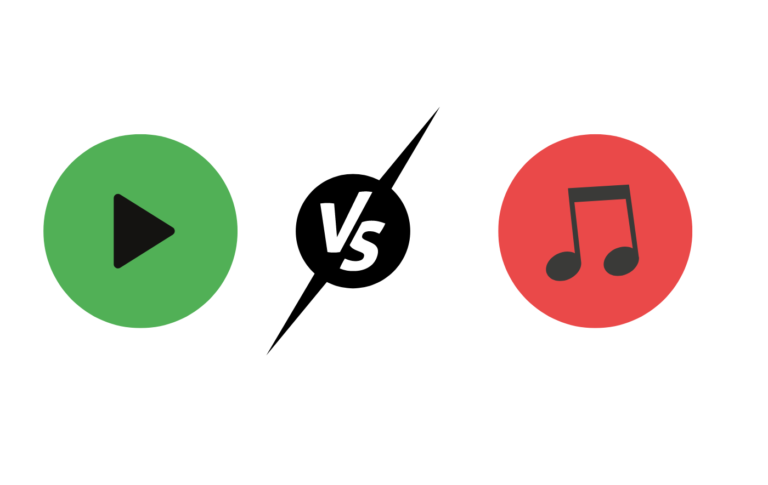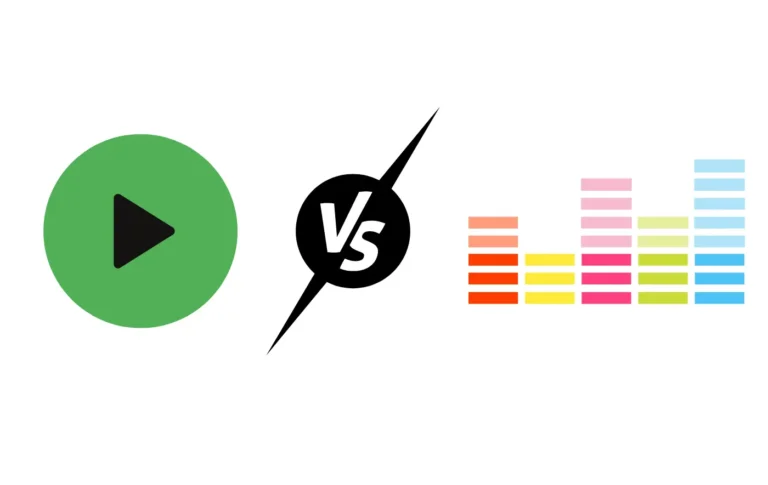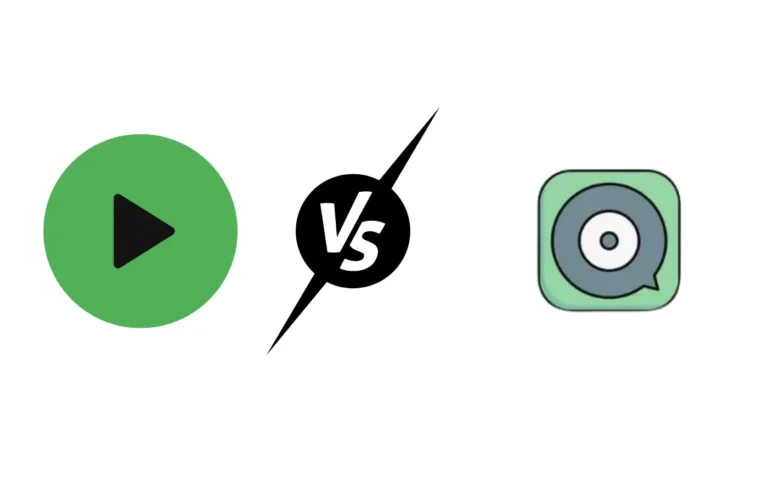Tidal Vs Spotify (In-Depth) Comparison
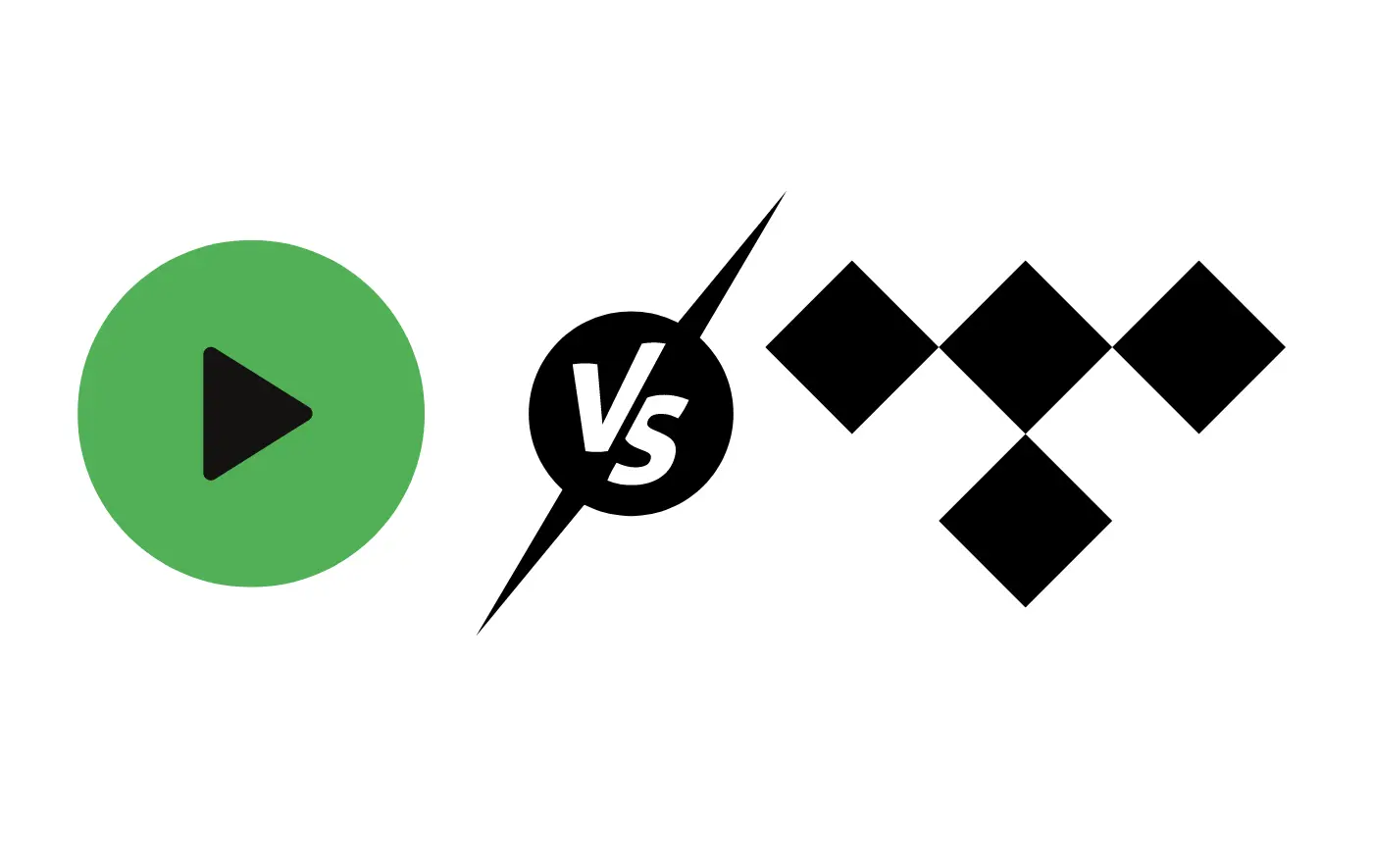
In the ever-evolving world of music streaming, two giants stand out: Spotify and Tidal, which emphasize streaming quality and are often seen in the Tidal vs. Spotify discussions for their masterful streaming capabilities.
Each platform offers a unique blend of features, sound quality, and user experience. Whether you’re an audiophile or a casual listener, choosing between Spotify and Tidal can be a pivotal decision.
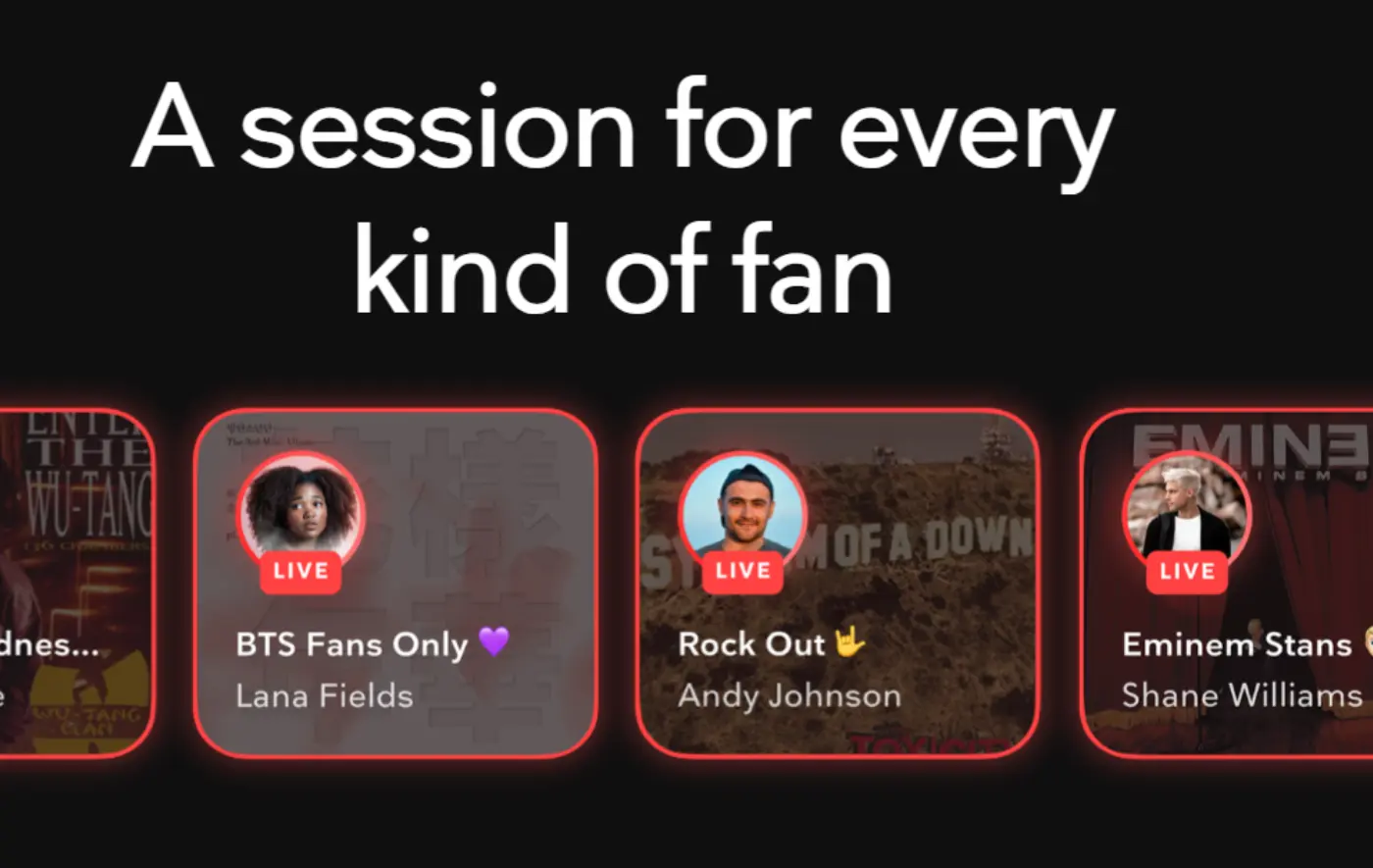
In this comprehensive comparison, we will dive deep into the nuances of both services to help you determine which one aligns best with your musical preferences.
However, you can also check out my latest post on Spotify vs JOOX.
Why trust us?
At Tom’s Guide, we pride ourselves on providing unbiased and comprehensive reviews.
Our experienced team of writers and reviewers has years of experience in the tech industry, particularly in evaluating streaming music services.
We test products and services rigorously to ensure our readers get the most accurate and up-to-date information.
Pricing: Spotify’s Versatility vs Tidal’s Audio Quality
Regarding pricing, Spotify offers a range of options to suit different budgets.
You can enjoy Spotify for free with ads between songs, offering an essential streaming music experience.
However, if you prefer an ad-free experience and additional features, Spotify Premium is available at a monthly cost.
They also offer student and family plans, making it affordable for everyone and enhancing the streaming music experience.
Tidal positions itself as a high-fidelity streaming service.

They offer a variety of subscription tiers, including Tidal Free, which provides limited access to their music catalog with lossless audio options available in premium tiers.
Tidal HiFi and Tidal HiFi Plus offer lossless and high-resolution audio for those seeking superior audio quality.
While Tidal’s pricing is higher than Spotify’s, its audio quality is unparalleled.
| Subscription | Spotify | Tidal |
|---|---|---|
| Starting Price | Free | $9.99 per month |
| Offline Mode and No Ads | $10.99 per month | $9.99 per month (HiFi); $19.99 per month (HiFi Plus) |
| Student Price | $5.99 per month | $4.99 per month (HiFi); $9.99 per month (HiFi Plus) |
| Family Package | $16.99 per month (six accounts) | $14.99 per month (six accounts, HiFi); $29.99 per month (six accounts, HiFi Plus) |
Music Library: Tidal vs Spotify
Both Spotify and Tidal boast extensive music libraries, with millions of songs available to stream.
With over 70 million titles, Spotify offers various music genres, including podcasts.
Tidal claims to have over 80 million titles and half a million video titles, boasting superior streaming quality.
While there is considerable overlap between the two libraries, some artists choose to release exclusive music on Tidal for a limited time.
However, it’s worth noting that Spotify has faced high-profile removals due to artist disagreements, affecting its streaming music library.
Regarding content availability, both platforms offer a vast selection to cater to various musical tastes.
Music Quality: Spotify vs Tidal Hi-Fi Experience
One of the significant differences between Spotify and Tidal is their audio quality.
Spotify offers three compression rates, the highest being 320 kbps for paid subscribers.
While it provides a decent listening experience, audiophiles may find it lacking compared to Tidal.
Tidal, known for its focus on high-fidelity sound, offers CD-quality streaming at 1411 kbps in its HiFi tier.
Tidal HiFi Plus provides access to Sony 360 Reality Audio, Dolby Atmos Music, and millions of high-resolution audio titles for those seeking even more immersive audio.
Their Tidal Masters series takes it further, streaming at a staggering 9216 kbps using MQA technology.
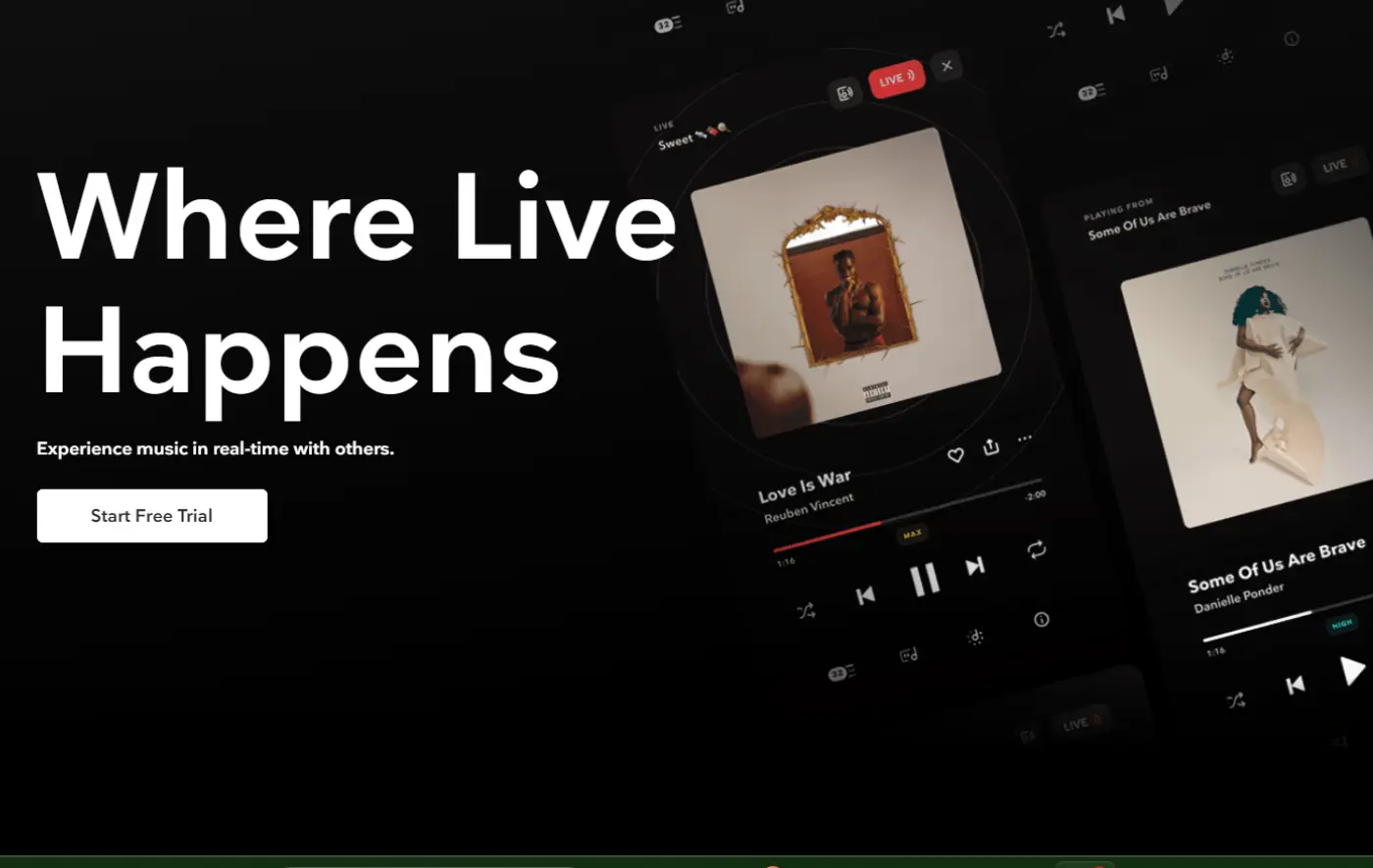
While Spotify has teased the release of its own HiFi tier, it has yet to materialize.
As of now, Tidal holds the crown for superior music quality.
Availability: Cross-platform support and Integrations
Both Spotify and Tidal have made efforts to be available on various platforms, ensuring a seamless streaming experience for users.
Spotify is compatible with Sony and Microsoft gaming consoles, smartwatches, smart TVs, and more.
It even offers “Car Thing,” a touchscreen device for safe and stable streaming while driving.
Conversely, Tidal can be accessed through Android TV and iOS and integrated into Sonos systems.
It also supports Google Chromecast and Apple AirPlay to stream compatible devices quickly.
While both platforms offer broad compatibility, Spotify’s availability on more devices gives it a slight edge in this category.
Spotify vs Tidal Playlists and Curated Content
Both Spotify and Tidal excel at providing personalized recommendations based on users’ listening habits when it comes to playlists and curated content.
Spotify’s algorithms create playlists like “Discover Weekly” and “Release Radar” to introduce users to new music.
Their efforts in helping users discover new content are highly regarded in the streaming music industry.
Tidal offers similar features, such as “My Daily Discovery” and “Mixes For You,” which provide curated playlists based on individual preferences.
While Spotify’s playlist offerings are more extensive, Tidal’s focus on artist-centric content and exclusive releases adds a unique touch, especially in the Tidal vs. Spotify debate for streaming music aficionados.
Social Media: Shareability and Artist Engagement
Spotify takes the lead in terms of social media integration.
Users can easily share Spotify content on platforms like Instagram and Facebook, creating links to playlists and songs.
Spotify’s broad reach and embeddability make it a social media powerhouse.
Tidal takes a different approach by allowing users to check artists’ social media channels directly from their desktop app.
Users can easily stay updated with their favorite artists’ feeds by connecting to Facebook and Twitter accounts.
While Tidal lacks the same level of shareability as Spotify, it offers a more direct and immersive artist engagement experience.
Design: Spotify vs Tidal Usability
Both Spotify and Tidal offer sleek and user-friendly interfaces.
Spotify’s clean and intuitive design focuses on making content easily accessible.
While drawing inspiration from Spotify’s design, Tidal maintains its unique aesthetic.
The interface is equally user-friendly, making it easy for users to navigate the app.
In terms of aesthetics, both platforms offer visually appealing experiences.
However, with its emphasis on simplicity and ease of use, Spotify has a slight edge in design.
Value: Free vs. Premium Experience
Spotify’s free tier offers an excellent value proposition for streaming music, allowing users to access a vast music library with occasional ads.
Upgrading to Spotify Premium removes ads and provides additional features like offline listening and high-quality audio for a better sound experience.
The value is undeniable, especially considering the cost of other premium streaming services.
On the other hand, Tidal’s value proposition lies in its commitment to superior audio quality and artist-centric approach.
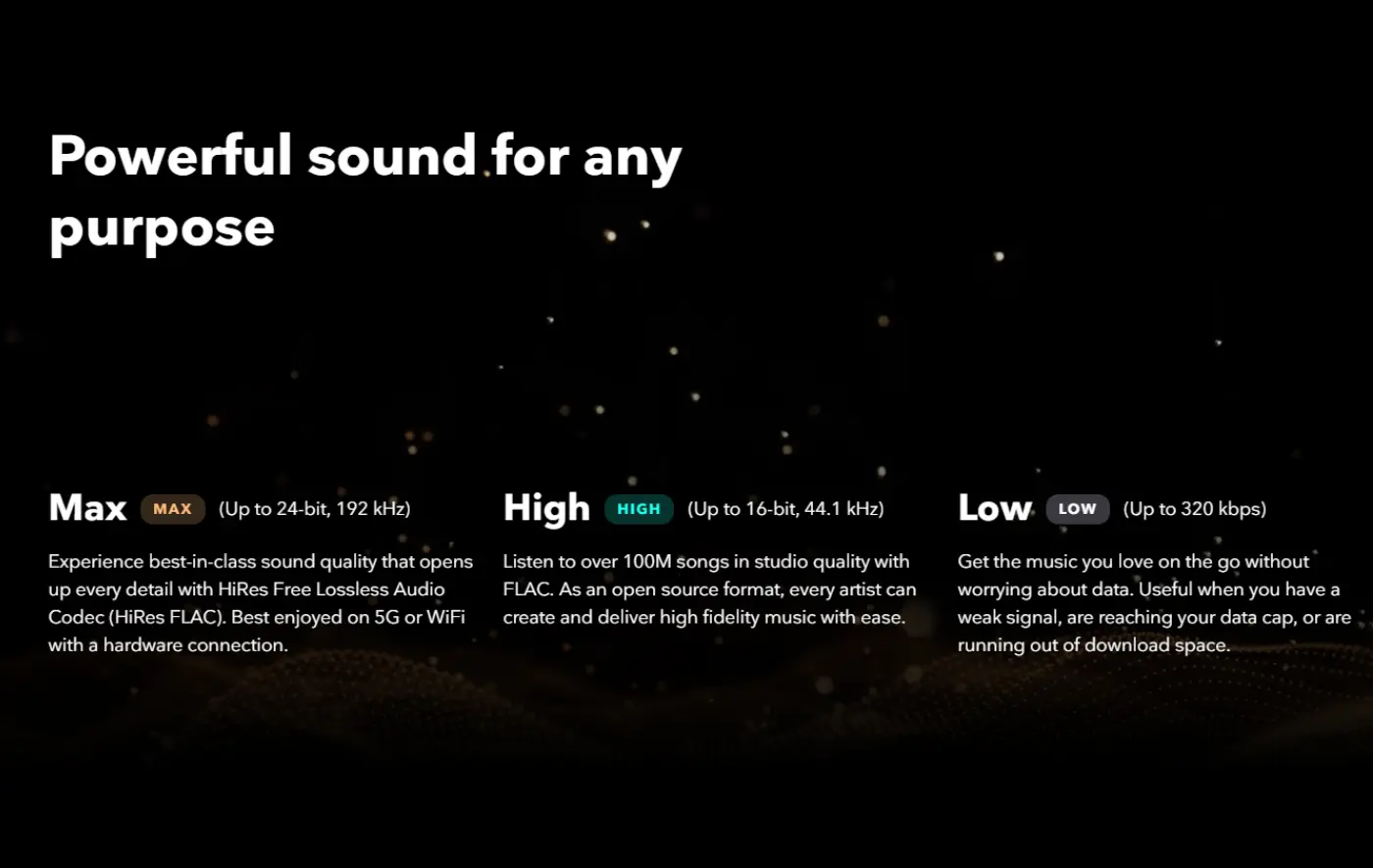
Tidal’s price point is justified for those who prioritize audio fidelity and want to support artists directly.
The value of Tidal lies in its unique offerings and the exclusive content it provides, along with its commitment to master-quality streaming audio.
Verdict: Choosing the Right Streaming Service for You
Choosing between Spotify and Tidal ultimately depends on your priorities and preferences.
Spotify is the way to go if you value versatility, a vast music library, and a free-tier option.
It offers a user-friendly interface, personalized playlists, and seamless social media integration.
On the other hand, if audio quality is your top priority and you want to support artists directly, Tidal’s HiFi and HiFi Plus tiers deliver an unparalleled listening experience.
With its focus on high-fidelity sound and exclusive content, Tidal caters to audiophiles and music enthusiasts.
Consider cost, audio quality, content availability, and user experience when deciding.
Both Spotify and Tidal have their strengths and cater to different types of music lovers.
Ultimately, the choice comes down to your preferences and how you want to enjoy your favorite tunes.
FAQs
Conclusion
Choosing between Spotify and Tidal is a matter of personal preference and priorities.
Spotify’s versatility, extensive music library, and user-friendly interface make it a popular choice for many seeking streaming music platforms.
Tidal, on the other hand, stands out with its commitment to high-fidelity audio and artist-centric approach.
Consider pricing, audio quality, content availability, and user experience when deciding.
Both Spotify and Tidal have their own unique strengths and cater to different types of music lovers.
Whether you prioritize convenience or audio quality, you can’t go wrong with either choice.
So sit back, relax, and enjoy your favorite tunes on the music streaming service that suits you best.
Let me know in the comments if you want more information on this topic, just like Spotify vs Deezer.

